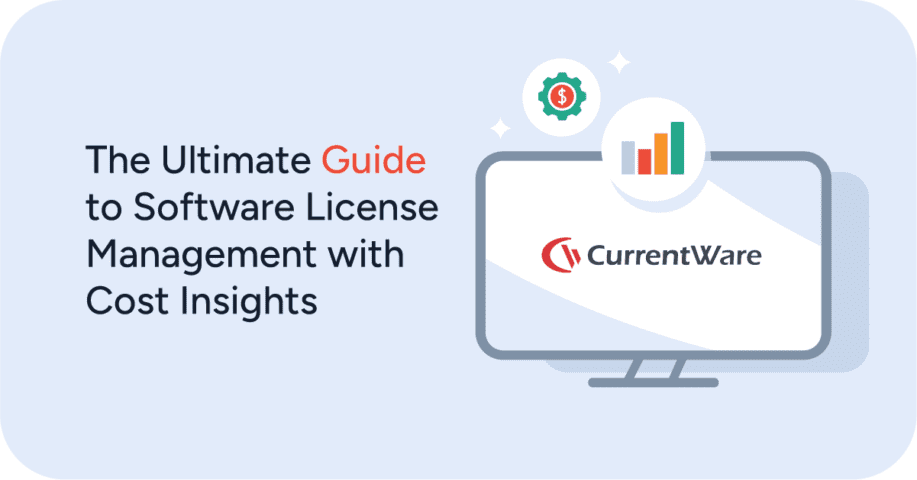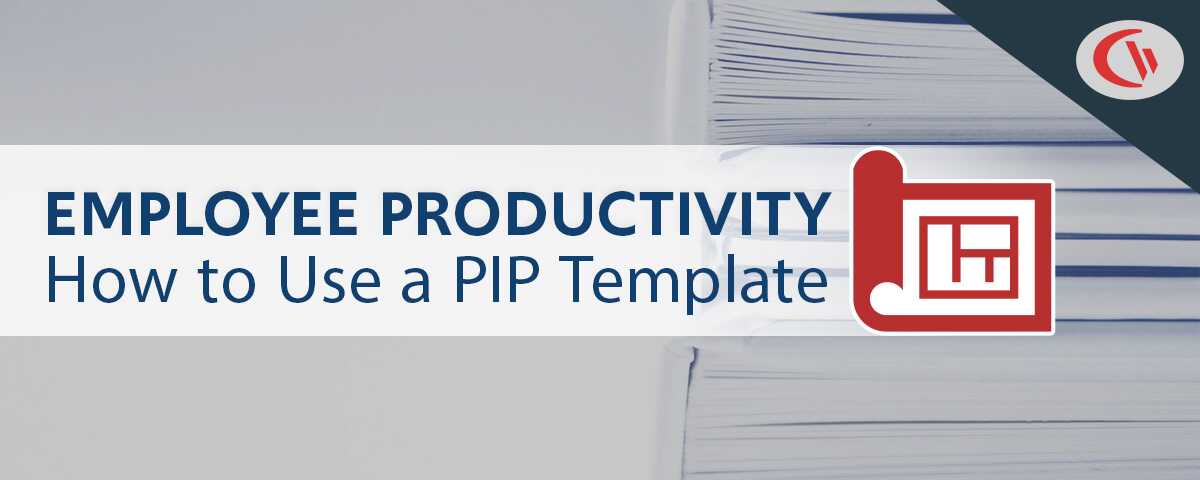Censorship or Safety: Should Schools Use Content Filtering Software?

Should schools use content filtering software? Today’s students are born into a world that is fully digital and educators simply cannot afford to forgo helping them develop the digital literacy skills they need to succeed. Schools have responded to this demand by offering 1:1 programs that provide students with devices that they can use in the classroom and take home with them.
Unfortunately, the world wide web is full of websites that are inappropriate or dangerous for younger students. This has caused legislation such as the Children’s Internet Protection Act (CIPA) to require schools to install web filters to qualify for the e-rate funding they need to afford technology for their students. How can schools balance a student’s educational needs with their responsibility to provide students with a safe online experience?
CASE STUDY
Keeping Students Safe With CurrentWare’s Web Filter for Schools
Should content control software be used in schools?
Before we begin, I’d like to clarify what I mean by content control software. This type of software encompasses a variety of features that are intended to filter the types of content that the school’s computers can access.
Content control software includes solutions with the following features:
- Web filters that are used to blacklist and whitelist websites
- App blockers that prevent the use of specific computer applications
- Tools that enforce the use of safe search on search engines
While much of this discussion will be focused on the web filtering aspect, other content control features are relevant to the topic as well and they will be touched on at some points.
Pros of web filtering in schools
1) Web filters help schools meet CIPA Compliance
The Children’s Internet Protection Act dictates that K-12 schools and public libraries install a “technology protection measure” such as content control software to prevent minors from accessing content on the web that is:
- Obscene (as defined in section 1460 of title 18, United States Code)
- Child pornography (as defined in section 2256 of title 18, United States
- Code)
- Harmful to minors (as defined in section 1703b (2) in title xvii – Children’s Internet Protection Act)
While CIPA compliance is not mandatory, the Schools and Libraries Universal Service Support Program – better known as “E-rate” – requires that these institutions maintain compliance with CIPA in order to qualify for discounts on their internet and telecommunication infrastructure.
2) It protects students from inappropriate material
Not all of the content on the world wide web is suitable for minors. Content control software is a critical tool for preventing students from accessing obscene or otherwise age-inappropriate material while still affording them the opportunity to access digital learning materials and legitimate research.
While teaching students the digital literacy skills they need to stay safe online is paramount to their education schools are also in a position where they need to do all they can to protect their students. Aside from content-specific concerns for students, web filtering is used to block websites such as chat rooms and other platforms that are used by predators to contact children online.
3) Blocking dangerous websites protects school IT
Without the ability to control how school-provided technology is used their laptops, computers, and networks are more susceptible to internet-based threats. While a significant portion of drive-by downloads can be mitigated by disabling Flash and always running an up-to-date web browser and operating system, there are still potential zero-day vulnerabilities to watch out for.
Students that are still developing their digital literacy skills may inadvertently introduce malware to their computers through peer-to-peer file sharing programs, install malicious software posing as a legitimate program (trojans), or visit compromised websites sent through phishing emails. Content control software provides an added layer of security against these threats by proactively blocking known malicious websites and preventing students from launching high-risk applications.
4) Unfettered access to the internet is a distraction in the classroom
Photo by Agung Pandit Wiguna from Pexels
School-provided laptops and workstations are essential for instilling digital literacy skills in K-12 students and providing them with modern learning materials. These technologies can also become a significant distraction for teachers and other students if not appropriately managed.
When teachers are provided with the means to use content control software in their classroom, it can become a critical classroom management tool. The software allows teachers to provide their students with access to digital learning materials while also ensuring that they are fully engaged in their studies rather than becoming distracted by social media, chat rooms, and computer games.
5) Schools need to conform to the expectations of parents
CASE STUDY
Keeping Students Safe With CurrentWare’s Web Filter for Schools
School districts have a diverse student body and there is no one-size-fits-all solution for managing their internet use. Schools are also in a position where they need to use technology to further the learning opportunities of students while conforming to the expectations of parents. Parents with stricter views on what is suitable for their school-aged children expect that schools will use content control technology to prevent them from accessing objectionable content.
Cons of web filtering in schools
1) Reduced opportunities to develop digital literacy skills
Photo by Julia M Cameron from Pexels
There are worries that overly aggressive web filtering reduces a student’s opportunities to develop critical digital literacy skills. Blocking content with a web filter does not teach students how to use the internet responsibly and it prevents them from learning how to make critical evaluations of what is appropriate for them to do on the internet in a classroom setting.
While there are categories of websites that will certainly need to be blocked from K-12 students such as pornography, there is a grey area where web filters can inadvertently prevent students from accessing content that may or may not be appropriate depending on context.
When web filters stop students from accessing these grey-area websites they miss out on the opportunity to be provided with teachable moments and experiences that will help them understand how to use the internet safely and appropriately.
For an example, let’s look at a commonly blocked category in schools – web-based games. While the web filter can be used to stop students from accessing these websites the student then loses an opportunity to exercise autonomy and learn that computer games should be reserved for breaks rather than being played during class time.
2) Blocking access to legitimate research
Content filtering policies that are inflexible and overly aggressive can unintentionally generate false flags and block access to legitimate research. Even the most sophisticated web filters need to be continually managed to unblock websites that have been miscategorized or that cover a potentially objectionable topic.
For example, a high school student will be debating a potentially controversial topic such as the legalization of certain drugs, the administrator may be preventing the student from accessing legitimate research by adding the “drugs” category to their web filter. While the web filtering software can be readily adjusted by the administrator, if the school does not have a convenient system in place the student may be discouraged from getting the help they need to access legitimate research.
3) Inequality of access to information
Photo by August de Richelieu from Pexels
c
Schools with a 1:1 program may inadvertently be contributing to an information gap between students that can afford their own unfiltered devices at home and those that rely solely on school-supplied devices. Students that rely solely on school-supplied devices can potentially be left with less opportunities to engage with the internet, develop their digital literacy skills, and access legitimate research than their more privileged peers.
This is especially true when the web filter is not adjusted based on the maturity level and age group of the students as this leads to a greater amount of false flags and blocking websites that are perfectly suitable for older school-aged students but may not be for younger students.
What schools can do to effectively use content filtering software
1) Adjust content control policies based on age group and context
Internet content control is not a one-size-fits-all solution; the level of internet protection required for a second grade student is entirely different from that of a high-school student that is reaching adulthood. Web filtering policies that disregard the maturity level, age group, digital literacy, and other unique factors of each student can hinder their ability to use the internet to its full educational potential.
As students mature and develop their digital literacy skills, the school’s internet control policy needs to adapt with them. When schools adopt an internet filter they need to ensure it provides administrators with the ability to apply unique content restriction policies based on grades, school subjects, as well as in-class time and out-of-class time. Each of these contexts warrant unique considerations and an inflexible web filter will simply frustrate students and educators alike.
2) Provide students with opportunities to use unfiltered internet
Web filters are excellent tools for blocking clearly inappropriate websites, but managing false flags can be frustrating for students and make performing research more difficult than necessary. Schools should provide students with the means to perform legitimate research with less restrictive content control policies. This can take place in a supervised computer lab, on a school device that is monitored for high-risk activity, or at home with the permission of a parent.
3) Allow students to easily request whitelisting of legitimate websites
Choosing which content to block or allow on the internet is not an exact science. Administrators rely on predefined URL category databases to help them populate their initial blacklist. Over time as false flags and desired websites are identified the administrators will add them to the whitelist, but they rely on direct feedback from students and teachers to maintain this whitelist.
If a student is being blocked from accessing a website that they know is not inappropriate, they need a convenient way to request that these websites be added to the web filter’s whitelist. Web content filters that support custom messages and actions when blacklisted sites are visited can be configured to forward students to a request form where they can directly send the desired website to the administrator for approval.
4) Give teachers the power to whitelist websites
While a dedicated administrator is a valuable resource for maintaining the school’s IT, the teachers that are on the front lines know exactly what their students need to succeed. By allowing teachers to make adjustments to web filtering policies on-the-fly schools can protect students from internet-based threats without hindering their learning experience. The software used to limit internet usage should be user-friendly and intuitive to use to ensure that teachers can be easily taught how to whitelist a website.
CurrentWare’s content control software BrowseControl empowers teachers to manage the internet and application usage of their classroom with bespoke operator permissions. When teachers are given operator permissions for their classroom they can directly manage their students without interfering with the administrator’s overall setup.
Is your school looking for content control software? Try a FREE trial of CurrentWare’s internet filtering software BrowseControl.
Frequently Asked Question (FAQ)
Conclusion
Content filtering in schools protects young students from accidentally or intentionally discovering content that is not suitable for their age group and learning environment.
When filtering policies are mismanaged or overly aggressive they can inadvertently interfere with a student’s ability to use technology for their studies. By empowering students and teachers alike to advocate for adjustments to the filter this technology can be used for its intended purpose without causing undue frustration.


